The French flag, notable for its tri-color design, symbolizes the nation’s revolutionary history and commitment to liberty and equality. Recognized globally, it embodies France’s influence in shaping democratic ideals.
Flag of France
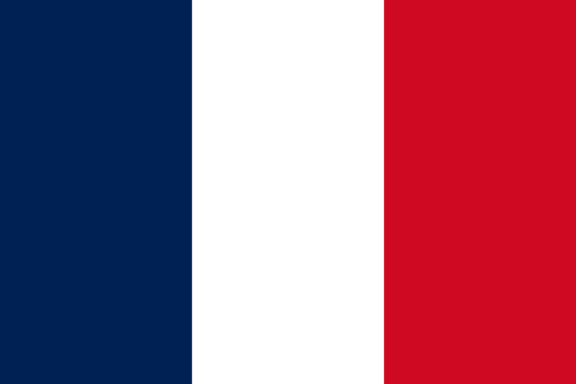
The flag of France is distinguished by its straightforward yet iconic design, featuring three vertical bands of equal width. The arrangement of these bands is a universally recognized emblem of France, symbolizing the nation’s enduring legacy and significant role in shaping democratic values.
This tri-color flag, while simple in appearance, carries a deep sense of national identity and has been an influential model for many other nations’ flags.
Flag of France: Color Palette
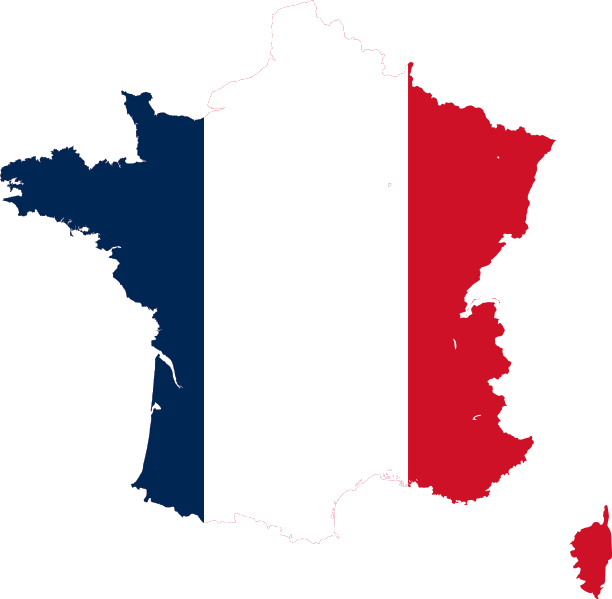
France Flag Emoji: 🇫🇷
The color palette of the French flag is both distinctive and symbolic, comprising a trio of bold colors. Each hue in this palette holds its significance and story, which we will delve into in the following section. This concise arrangement of colors is not just a visual attribute but also a reflection of the nation’s prosperous history and cultural ethos.
Meaning of Each Color
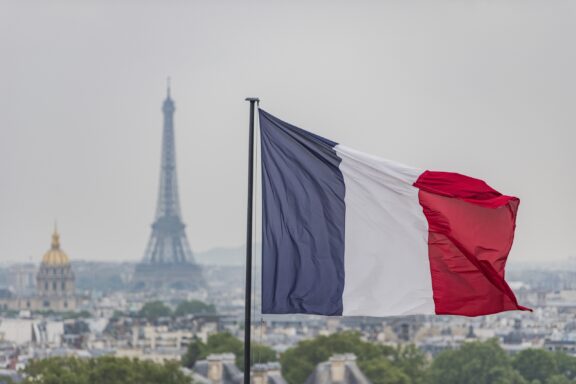
Blue
The blue in France’s flag symbolizes duty and care for the poor, reflecting a sense of social responsibility. Historically, blue is one of the traditional colors of Paris, associated with Saint Martin, and was worn by the Paris militia during the storming of the Bastille in 1789, embodying a spirit of revolution and change.
White
White represents peace and is closely linked to the House of Bourbon. Once a symbol of the monarchy, white now embodies the principles of liberty, equality, fraternity, democracy, secularism, and modernization, reflecting the transformative ideals of the French Revolution.
Red
Red stands for bravery and strength, highlighting the courage and resilience of the French people. As a traditional color of Paris associated with Saint Denis, red symbolizes the city’s historical significance and the revolutionary fervor that played a pivotal role in France’s history.
Coat of Arms of the French Republic
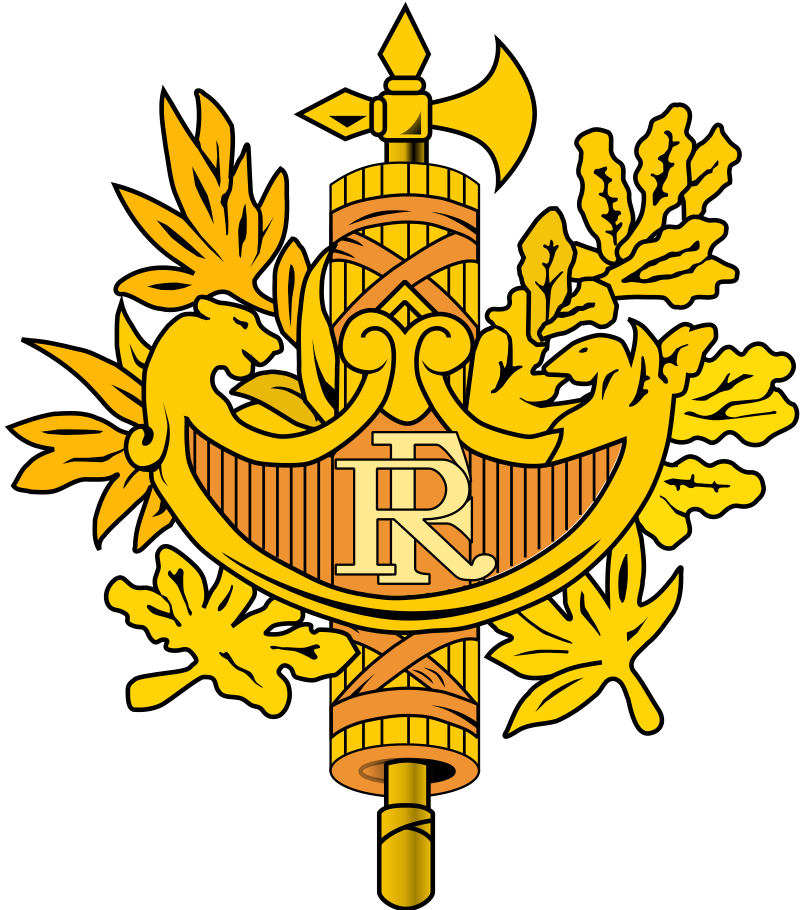
The French coat of arms features the fasces at its heart, symbolizing the republic’s governance and legal authority. Surrounding this central symbol are branches of oak and laurel, emblems of steadfastness and victory, respectively.
This rendition omits the national motto typically associated with French symbols, emphasizing the historical continuity and strength of the state’s institutions. The coat of arms conveys a message of enduring sovereignty and a commitment to the nation’s core principles through these elements.
Historical Evolution and the Meaning Behind Changes
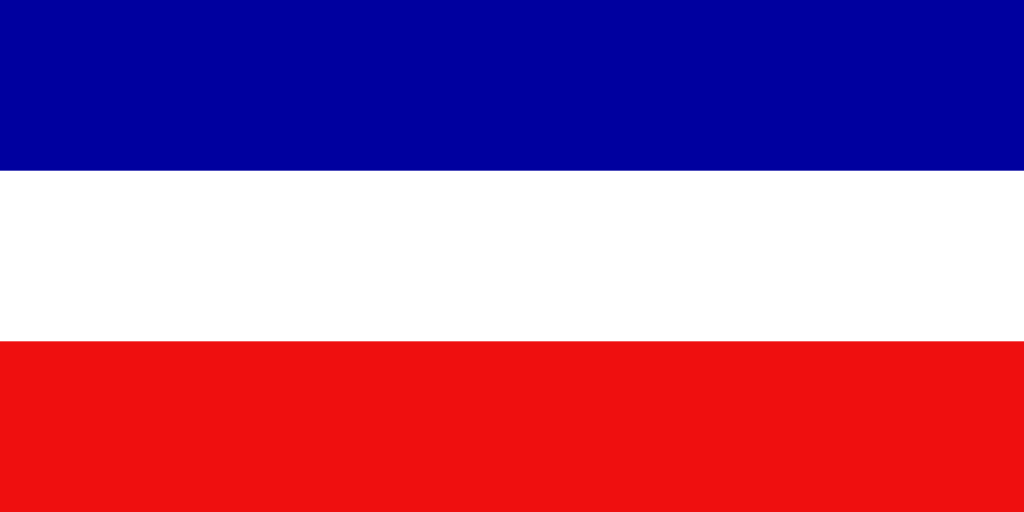
The flag of France has undergone several evolutions throughout its history. The ancient French flags were predominantly royal banners, often adorned with fleurs-de-lis on a blue background, representing the monarchy.
The French Revolution brought a dramatic shift, as revolutionary colors of blue and red from the Parisian coat of arms were combined with royal white, creating the modern tri-color as a symbol of the new republic and its break from the monarchy.
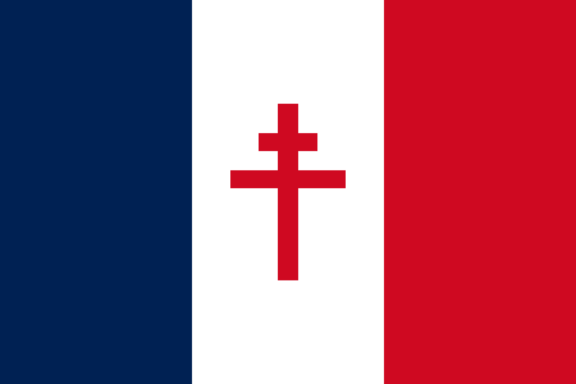
Over time, the shades of blue and red have varied, often deepening to reflect political changes. These colors have consistently symbolized the nation’s core revolutionary values of liberty, equality, and fraternity, with the design remaining essentially unchanged since its adoption, signifying the enduring nature of these ideals in the French Republic.
Overall Symbolic Meaning of the Flag
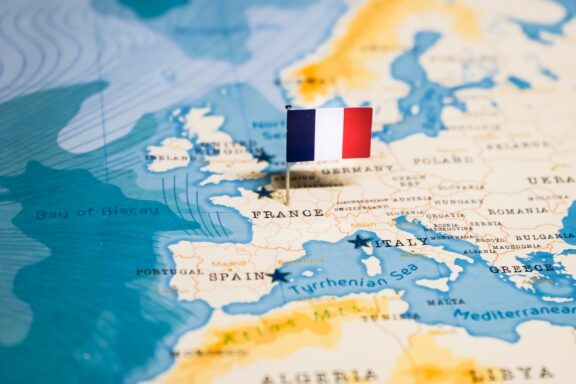
Similar Flags to the Flag of France
The tricolor pattern of France’s flag is echoed in several countries’ flags. Like France’s, the top flags reflect shared histories and cultural connections.
Netherlands
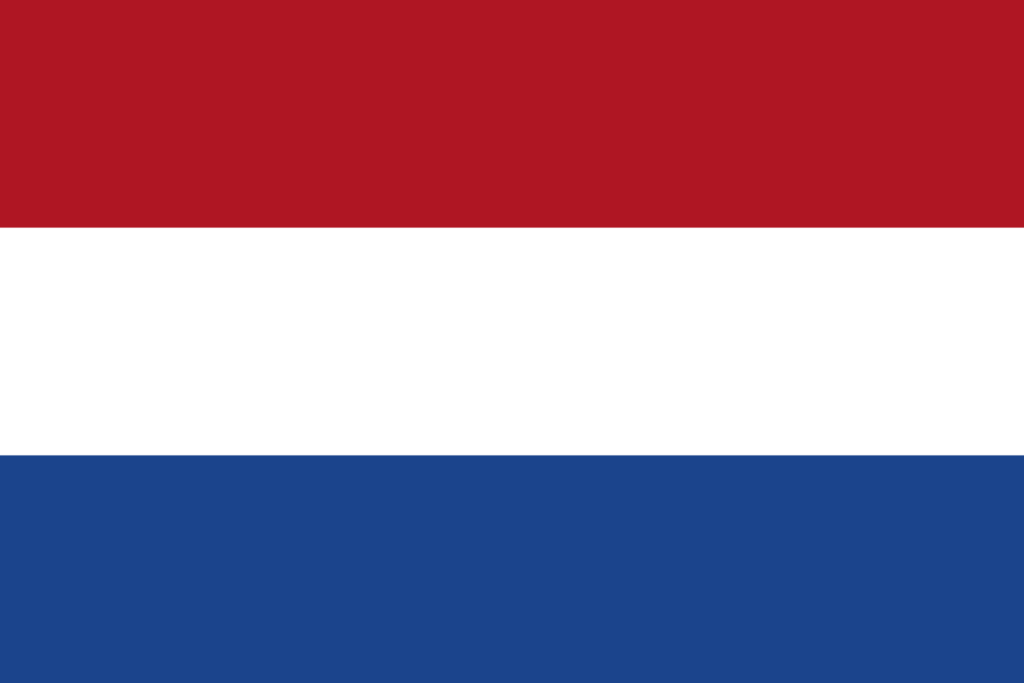
The Dutch flag also displays a tri-color design of red, white, and blue horizontal bands. The similarity arises from a common period of influence in maritime history, with the Dutch flag being one of the oldest tricolors.
Russia
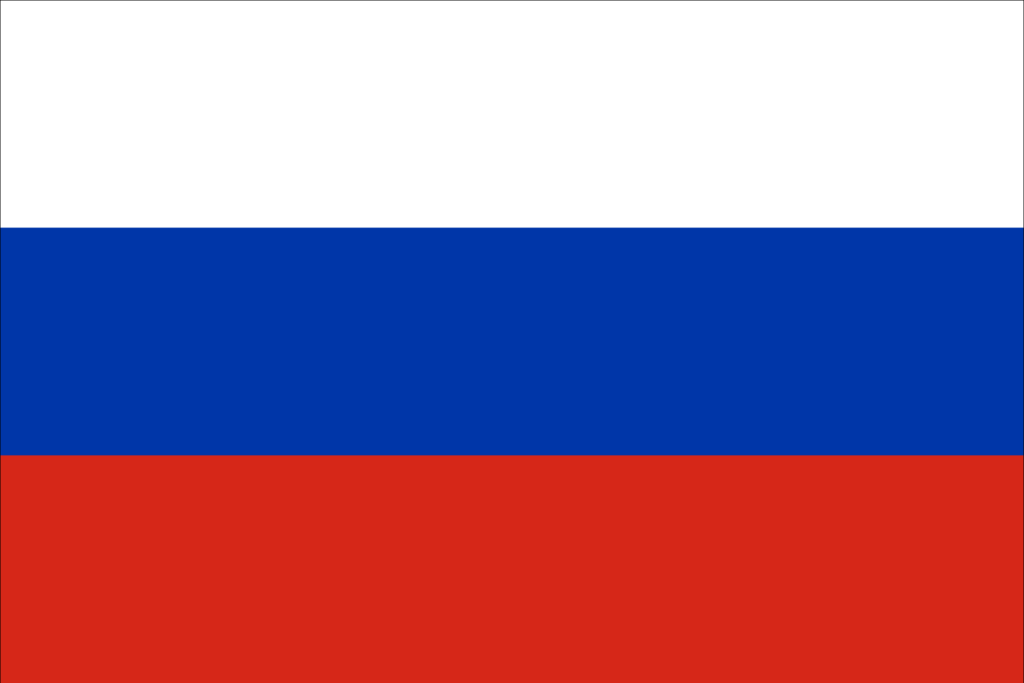
The flag of Russia consists of horizontal stripes in white, blue, and red. This design was reportedly inspired by the Netherlands, which shares its tri-color influence with France, reflecting the spread of revolutionary and republican ideals across Europe.
Croatia
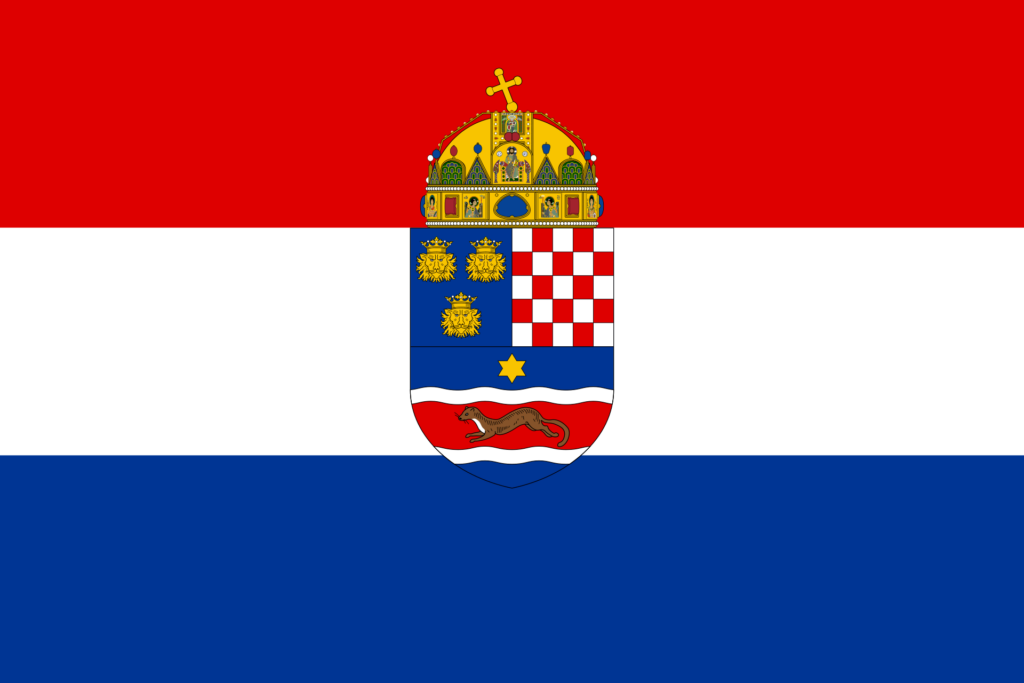
The flag of Croatia shares a red, white, and blue color scheme with France’s flag, though it features a distinctive coat of arms that distinguishes it.
The colors, a common Slavic palette, symbolize Croatian heritage and independence, resonating with the same democratic principles found in the French tricolor.
Conclusion
The French flag represents the nation’s deep historical roots and commitment to fraternity and human rights. Held in high esteem by its citizens, it signifies a collective identity and enduring values. The influence of France’s flag extends globally, inspiring similar designs and underscoring its role in shaping universal ideals of democracy.
Image Sources and Copyright Information
- French Flag with Eiffel Tower in the Background: © Creative Lab/Shutterstock
- French Flag Pin on Map: © hyotographics/Shutterstock